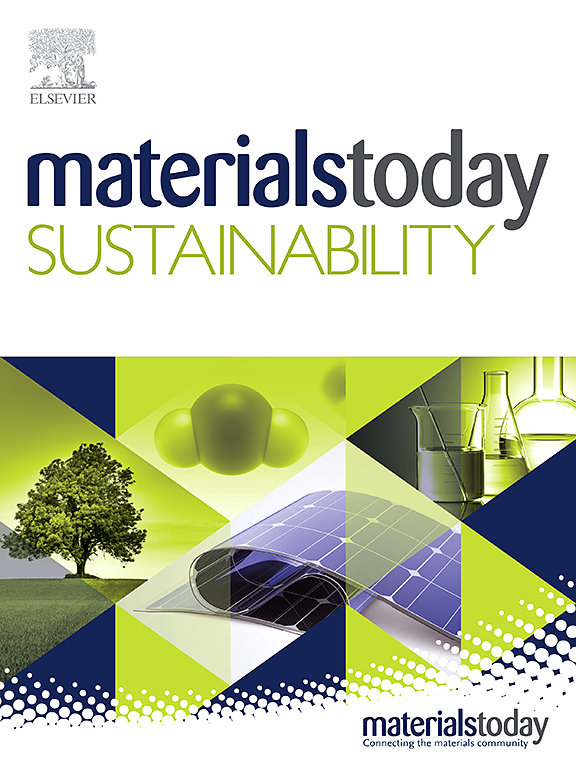One-step calcination strategy of 3D printing CuO–ZnO–ZrO2 catalysts for CO2 hydrogenation using digital light processing (DLP)
IF 7.1
3区 材料科学
Q1 GREEN & SUSTAINABLE SCIENCE & TECHNOLOGY
引用次数: 0
Abstract
CuO–ZnO–ZrO2 catalyst attracted significant attention for CO2 hydrogenation to methanol. Gyroid-based triply period minimal surface lattice structures feature highly ordered porous networks, which could be used to enhance catalytic performance and efficiency. This paper presents a formulating and one-step calcination strategy that united the removal of polymer resin and calcination of catalyst precursor at one temperature. This enabled 3D printing gyroid-structured CuO–ZnO–ZrO2 catalyst for CO2 hydrogenation while minimizing the impact of overheating on the catalyst performance. A photocurable formulation loaded with CuO–ZnO–ZrO2 precursor was developed. Using the optimized formulation, gyroid structures with varying pore sizes were successfully printed and calcined. The optimal lattice wall thickness that balances porosity and structural stability was identified. The results indicate that the resin used for 3D printing was successfully removed at a lower temperature and the catalytic activity of the 3D-printed structured catalyst was retained through the one-step calcination process while the gyroid lattice geometry can enhance catalytic efficiency than cylindrical structure.
利用数字光处理 (DLP) 一步煅烧用于二氧化碳加氢的 3D 打印 CuO-ZnO-ZrO2 催化剂的策略
本文章由计算机程序翻译,如有差异,请以英文原文为准。
求助全文
约1分钟内获得全文
求助全文
来源期刊

Materials Today Sustainability
Multiple-
CiteScore
5.80
自引率
6.40%
发文量
174
审稿时长
32 days
期刊介绍:
Materials Today Sustainability is a multi-disciplinary journal covering all aspects of sustainability through materials science.
With a rapidly increasing population with growing demands, materials science has emerged as a critical discipline toward protecting of the environment and ensuring the long term survival of future generations.
 求助内容:
求助内容: 应助结果提醒方式:
应助结果提醒方式:


